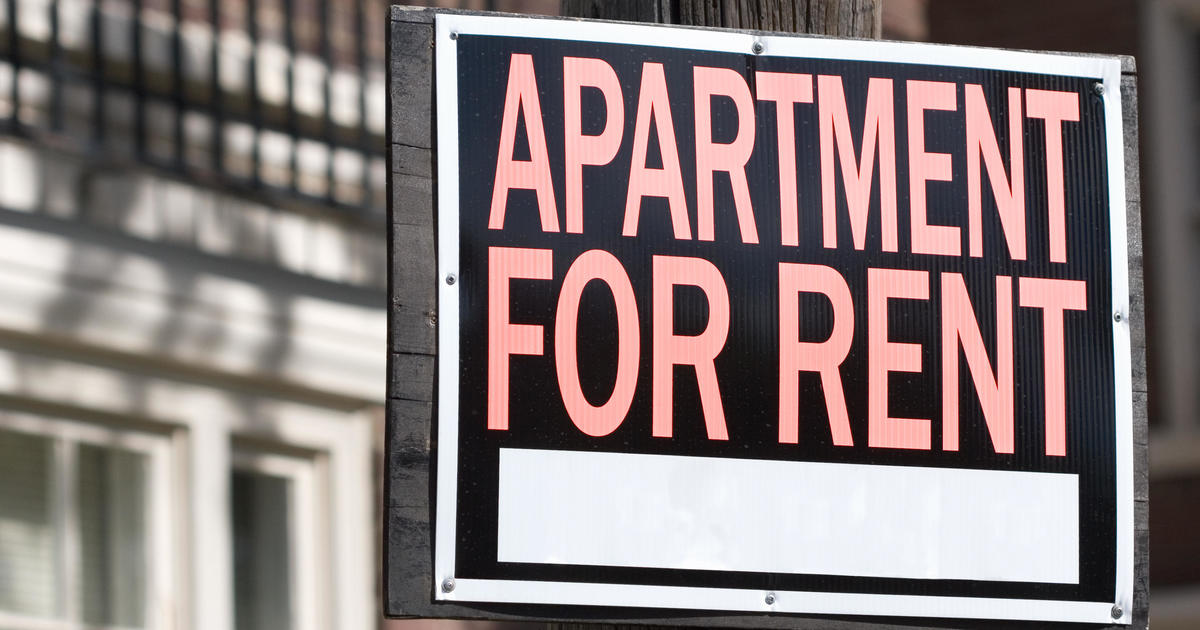Each year, the Social Security Administration adjusts its benefits to account for inflation, providing an annual cost-of-living increase that’s meant to offset rising prices. This year, the program’s 67 million recipients may see their smallest boost since 2021.
The 2025 cost-of-living adjustment is projected to come in around 2.63%, the Senior Citizens League, an advocacy group for older Americans, said on Thursday. That figure is based on recent inflation data, with consumer prices in June rising 3%, the smallest increase since June 2023 and less than the 3.1% economists were forecasting.
If enacted, a 2.63% increase would represent a monthly payment increase of about $50, based on the current average monthly benefit of $1,907.
To be sure, official word on this year’s cost-of-living adjustment, or COLA, won’t come until October, when the Social Security Administration traditionally sets the next year’s benefit hike for beneficiaries. The first payment with the new COLA will show up in most recipients’ January benefit check.
While U.S. inflation is easing, many seniors aren’t feeling relief, the Senior Citizens League noted. Poverty among senior citizens has been on the rise in recent years, and almost half of people over 65 years old said they were having difficulty in paying their household bills, according to the most recent Census Household Pulse, which surveyed people from May 28 to June 24.
“Rising grocery prices is creating food insecurity for many retirees,” the Senior Citizens League said in its statement. “Feeding America estimated that 5.5 million Americans age 60 and above suffered from food insecurity in 2021, in the most recent study available on the subject, and that number is likely higher today.”
How Social Security sets its COLA
The Social Security Administration sets its annual COLA based on inflation during the third quarter, or from July through September. The agency takes the average inflation rate over that period from what’s known as the Consumer Price Index for Urban Wage Earners and Clerical Workers, or CPI-W, which tracks spending by working Americans.
If that inflation rate is higher than the same period a year earlier, the COLA is adjusted upwards by the difference.
But some advocacy groups and lawmakers have criticized the use of the CPI-W, given that older Americans spend differently than younger workers. For instance, the Senior Citizens League has noted that the CPI-W assumes workers spend about 7% of their income on health care, but older Americans can spend up to 16% or more on health costs.


